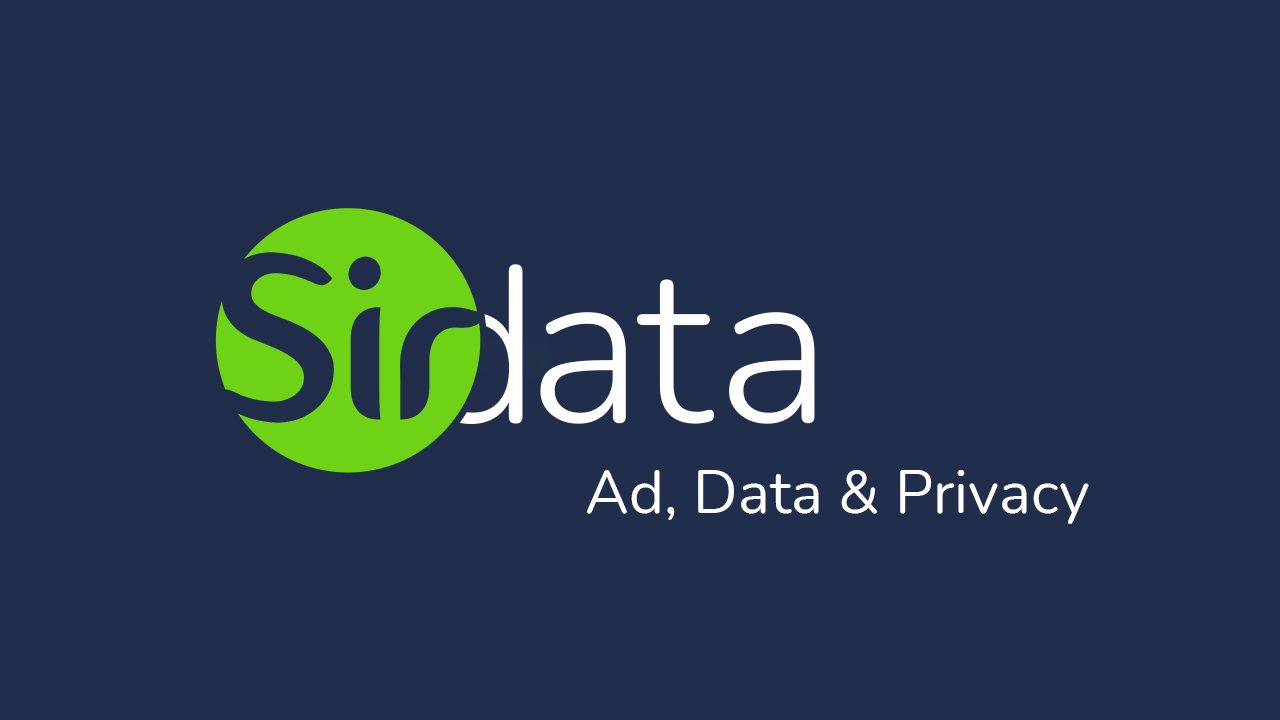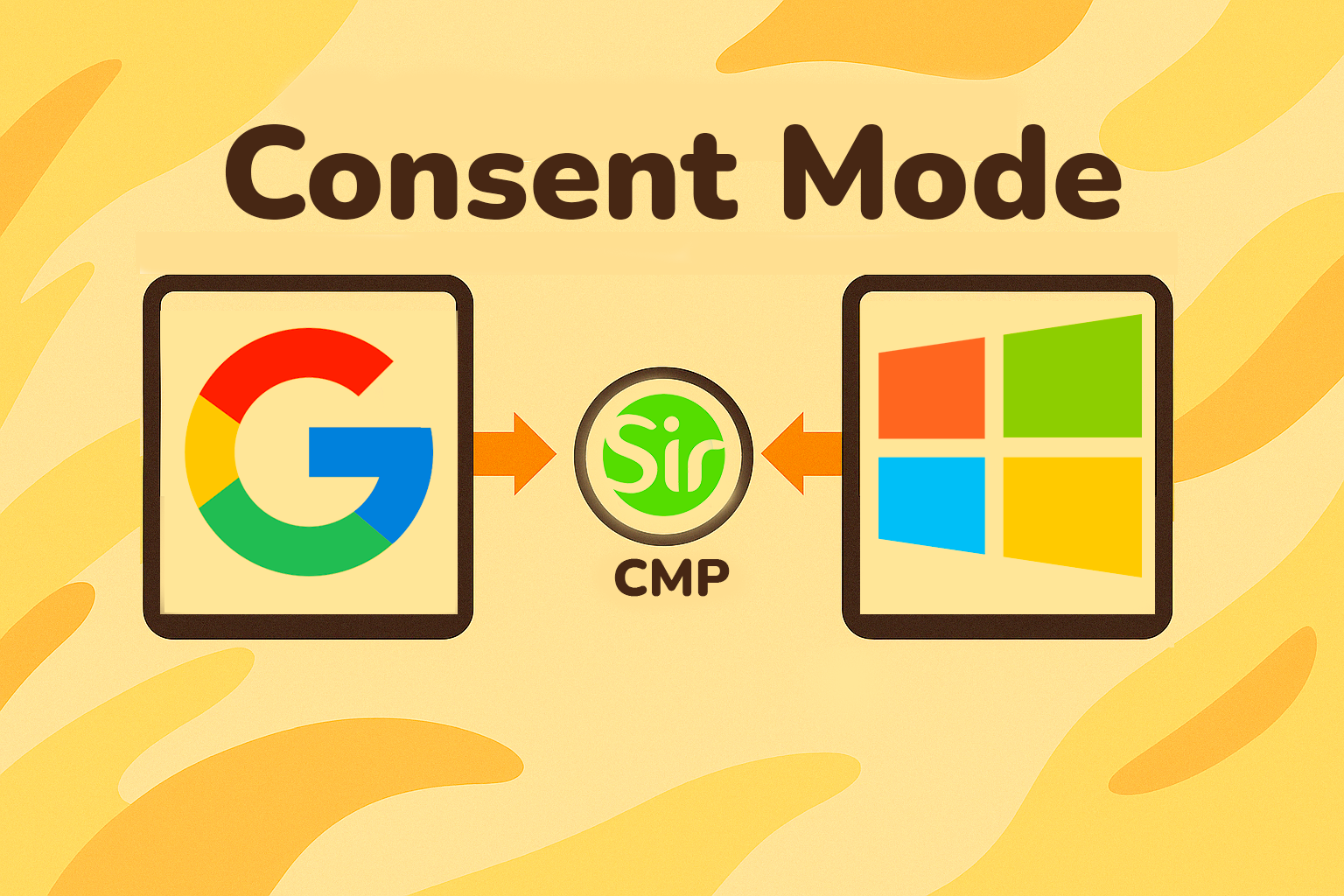🛡️ Consent Mode: Ensure and While Optimizing Ad Performance
In a regulatory environment that’s increasingly focused on personal data protection, tech giants Google and Microsoft have developed tools to help marketers respect users’ consent choices while maintaining the effectiveness of advertising campaigns.
These tools—Google Consent Mode and Microsoft Consent Mode—adjust the behavior of ad tags depending on whether users give their consent to tracking or not.
🧠 What Is Consent Mode?
Consent Mode is a feature that allows ad tags from Google and Microsoft to behave differently based on users' cookie consent status.
In practice, this means that if a user declines tracking, the tags adapt to limit data collection, while still allowing for aggregated and anonymized performance measurement.
🔍 How Google Consent Mode Works
Google Consent Mode offers two levels of implementation:
- Basic mode: Google tags only fire after the user has explicitly granted consent.
- Advanced mode: Tags fire immediately, but only send anonymous pings until consent is granted.
As of Consent Mode v2, Google added new parameters like ad_user_data and ad_personalization for more granular control over advertising-related consent.
🔍 How Microsoft Consent Mode Works
Microsoft Consent Mode, which is integrated with Universal Event Tracking (UET), also operates in two modes:
- Basic mode: Tags only fire if users accept advertising cookies.
- Advanced mode: Tags fire immediately but send only anonymized, aggregated data until consent is granted.
Microsoft primarily uses the ad_storage parameter to manage consent—unlike Google, which has a broader set of parameters.
⚖️ Why Implement Consent Mode?
Implementing Consent Mode has multiple advantages:
- Regulatory compliance: You align with data protection laws like the GDPR, the Digital Services Act (DSA), and the Digital Markets Act (DMA).
- Ad performance optimization: Even without consent, anonymized data can still power partial performance tracking and ad campaign optimization.
- Better user experience: Respecting users’ privacy choices helps build trust in your site and services.
🛠️ How to Implement Consent Mode
🔧 Google Consent Mode Setup
You can implement Google Consent Mode using:
- Google Tag Manager (GTM) or
gtag.js - A Consent Management Platform (CMP) like Sirdata
👉 Sirdata’s CMP makes it easy to implement Google’s advanced Consent Mode, automatically transmitting ad_user_data, ad_personalization, and ad_storage based on users’ choices.
📘 Sirdata CMP – Activate Advanced Google Consent Mode
🔧 Microsoft Consent Mode Setup
Sirdata’s CMP also supports:
- Microsoft Advertising (UET) with
ad_storage - Microsoft Clarity, for behavioral and statistical analysis with consent-aware controls
👉 Sirdata CMP detects users’ preferences and automatically configures scripts accordingly.
📘 Sirdata CMP – Microsoft UET Consent Mode
📘 Sirdata CMP – Microsoft Clarity Consent
📊 Impact on Ad Performance
Using Consent Mode can significantly influence ad performance:
- Recover lost conversions: With conversion modeling, you can estimate conversions that would otherwise be lost due to missing consent.
- Improve targeting: Respecting consent improves data quality, which leads to better audience targeting.
- Reduce legal risk: Aligning with data regulations helps you avoid fines or disputes.
✅ Conclusion
Implementing Consent Mode from Google and Microsoft is essential for publishers, advertisers, and agencies seeking to balance privacy compliance with advertising efficiency. With a reliable CMP like Sirdata, implementation is simple, fast, and fully compliant.



